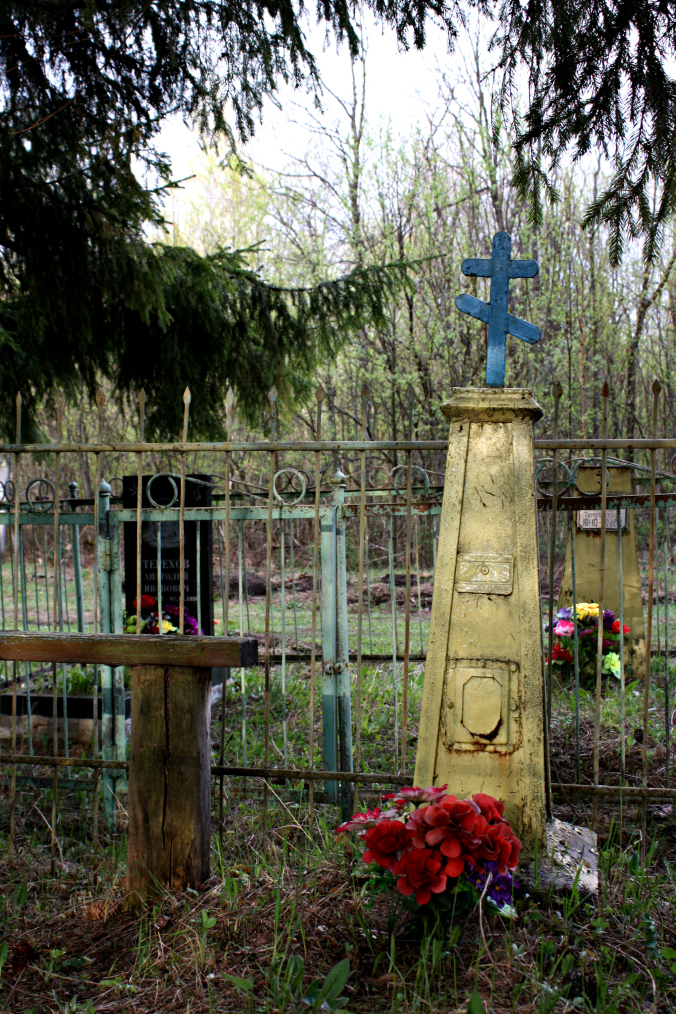
Gravemarker on a memorial cemetery Makarikha
Until the 1930s Kotlas was a sleepy town in the Arkhangelsk region of Russia. Then the Soviet Union got the idea of “opening of the north”, which meant that the arctic regions of Russia were to be tamed for industry and colonization. Other clever idea was to utilize the huge prison population of Gulag to do the dirty work. Kotlas became one of the central places for this project as it is situated conveniently between big cities of Russia and the far north. Prisoners were used in chopping down the forests, building bridges, and especially constructing the railroad towards the arctic region. During the World War II Kotlas evolved into a huge transit camp where thousands of prisoners waited to be hauled to the north, often towards their deaths. There are two memorial cemeteries in Kotlas, one for the prisoners who died when building a railroad bridge, and the other, Makarikha, for the victims of political repression in the Soviet Union. Makarikha has dozens of gravemarkers, many erected decades after the Gulag. The ones built of sheet metal were typical in the Soviet Union. Their colours are faded, but they still try to remember the people who died here, often nameless and faceless like ghosts.
Advertisements Share this:




